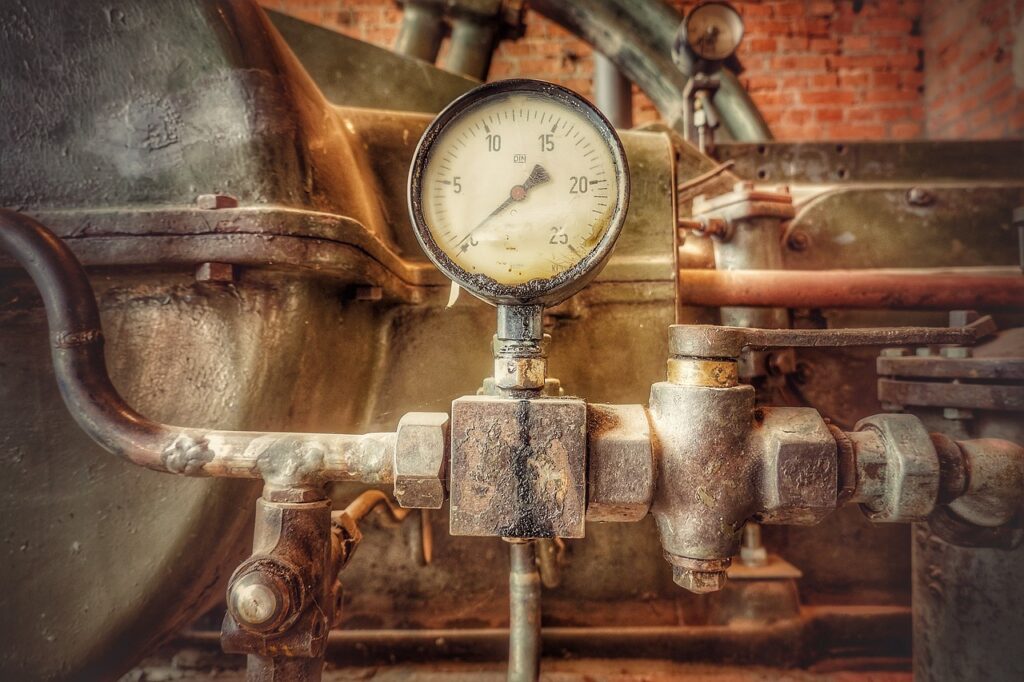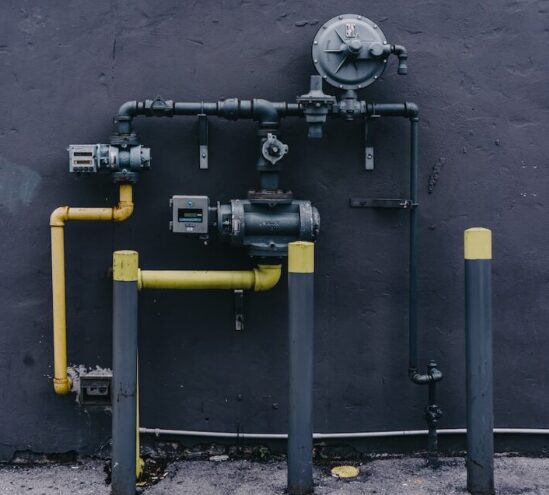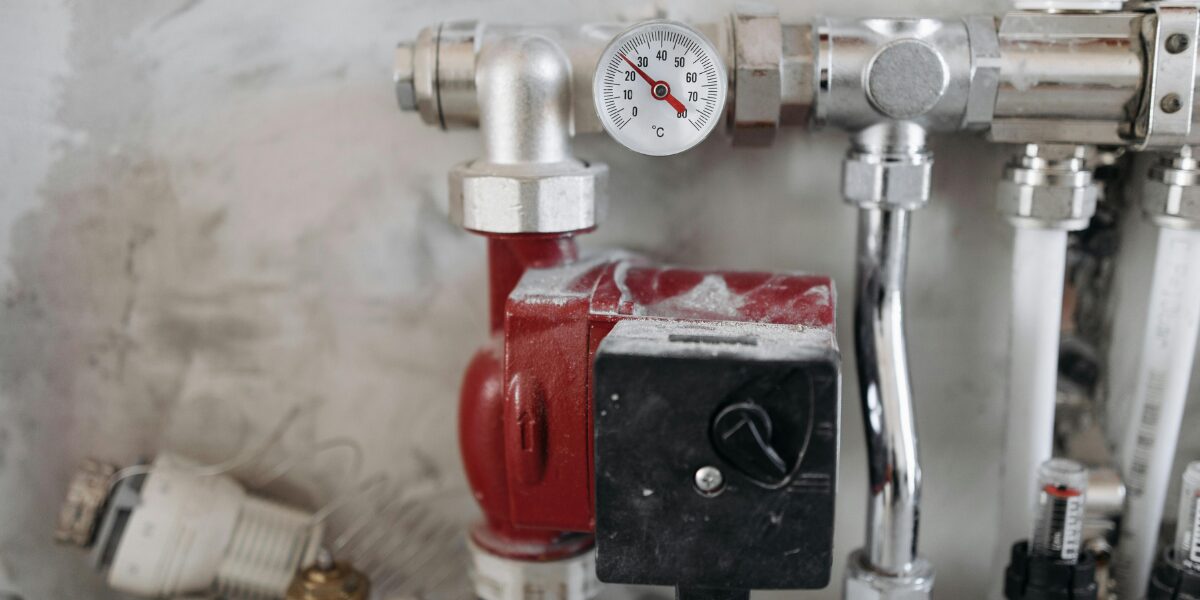Pressure pumps are designed to increase water pressure and can also enhance flow rates. Their primary function is to push water with greater force and velocity. However, flow rate and pressure are closely related, with an inverse relationship: as the flow rate increases, pressure tends to decrease.
Understanding pump curves is key to balancing these two factors effectively.What are the features of a pressurized water pump? If you’re looking to maintain consistent water pressure over a long period, a pressurized water pump is a great option. These pumps offer numerous benefits across various applications, such as irrigation, cleaning, and other high-pressure tasks.
Key features include a powerful high-pressure water jet, check valves to regulate flow and prevent backflow, and a compact design for easy installation and use. Pressurized water pumps are versatile tools, designed to meet the demands of many different tasks efficiently.
ALSO READ> Maximize Your Conversion Rate with SEO AI
Pressurized Water Pump Features: High-pressure water jet
A high-pressure water jet pump uses intensely pressurized water to clean, deburr, and prepare surfaces. These pumps typically operate within a pressure range of 3,000 to 5,000 pounds per square inch (PSI), with the flow rate measured in gallons per minute (GPM), indicating the volume of water pumped over time.
Powered by electrical, gasoline, pneumatic, or hydraulic sources, high-pressure water jet pumps are commonly employed for tasks such as floor preparation, deburring, and concrete renovation. They are also highly effective for removing rust and corrosion from vessels, tanks, and reactors.
KMT Waterjet Systems, a global leader in waterjet technology, has been producing ultra-high-pressure (UHP) pumps for decades. Their pumps are known for efficiency, reliability, and low maintenance, making them ideal for various cutting applications. Unlike other cutting methods, these pumps generate less heat, preventing thermal damage to the material being worked on.
In addition to industrial uses, high-pressure water jet pumps can clean building surfaces such as bricks, tiles, and metal, making them a versatile solution for cleaning, surface preparation, and concrete repair.
Pressure tank

Adding a pressure tank to your water pump can help reduce electricity costs, boost water pressure, and lower noise levels. While it’s an alternative to using just a water pressure pump, incorporating a tank offers a more complex but beneficial solution.
At National Poly Industries, we provide reliable, high-quality water pressure pumps. Here’s a quick comparison between pressure tanks and powered water pumps:
- Tank Size: The size of your pressure tank should align with the amount of water your pump can handle in 1 to 2 minutes. Tanks can range from 10 to 200 gallons, with the most common size being 44 gallons, offering a drawdown capacity of about 16 gallons. For best results, choose a tank that holds more water than you plan to use.
- Pressure Tank Benefits: Adding a pressure tank can reduce pump cycling and water hammering, which helps prolong the lifespan of both your pump and battery. Pressure tanks are typically made from plastic or metal and are installed on a tee piece within the water supply line.
For homes that don’t need to pressurize water, a rainwater tank pump can be connected to the entire household system. Incorporating a pressure tank enhances water flow stability and efficiency, making it a valuable addition to your setup.
ALSO READ> DTF Printing for Startups: A cost-effective solution
Pressurized Water Pump Features: Check valves
Check valves are crucial for ensuring the efficiency and reliability of pressurized water pump systems. Their spring-loaded design allows water to flow through with minimal pressure loss, maintaining system performance.
In larger systems, managing multiple pressure levels may be necessary. One-way check valves prevent backflow and are marked with an arrow to indicate the correct flow direction. Proper installation is key—if installed incorrectly, it can lead to pressure buildup and potential pump damage.
There are various types of check valves, such as nozzle check valves, each designed for specific purposes. Understanding these types before installation helps ensure optimal functionality for your pressurized water pump.
Check valves are essential to preventing backflow, a condition where water flows in reverse, potentially causing a high-pressure shock wave (water hammer) that can exceed safe pressure limits. This shock wave can damage the pump and other system components. By forming a tight seal, check valves prevent backflow and protect against water hammer, extending the lifespan of pipes and pumps.
Compact design

The pump should ideally operate efficiently with a static head of at least six feet, although this may not be feasible in all situations. To prevent the pump from running when the tank is too low, it’s advisable to install a low-level switch or inlet pressure sensor.
High-pressure systems, such as those used in hotels or sports arenas, require specialized pumps. The PAR-MAX pressure water pump, with its integrated pressure switch, advanced diaphragm technology, and quick connections, is ideal for applications where the water supply must remain uninterrupted, like during halftime in a sports event. For even higher pressure needs, a three-pump system might be necessary.
Another factor to consider is the size of the system’s pipes. If the pump has a low-pressure design, it may not meet your needs, in which case a larger pump and pipe size could be required.
A pressurized water pump should handle significant pressure without overheating. If selecting a low-pressure pump, review its specifications to ensure it meets your requirements.
ALSO READ> 89 Funny Things to Say When You Win a Game
Pressurized Water Pump Features: Run dry capability
A pressurized water pump’s Run Dry capability can significantly reduce system maintenance costs and downtime. Many engineers and operators spend considerable time priming and installing pumps to prevent Dry Running. Although this challenge can’t be completely eliminated, advancements in technology help minimize maintenance costs and increase system throughput.
Pumps with Run Dry capabilities require additional safeguards to protect against excessive vibration and cavitation, which can damage the motor and reduce overall efficiency. For electric pumps, run-dry sensors can be installed to automatically shut off the pump when fluid flow stops. Additionally, vibration dampeners should be used to absorb shock during operation, and a check valve should be fitted in the pump casing to prevent back pressure from municipal water lines.
Run Dry times vary between different pressurized pumps, so it’s important to ensure the pump is suitable for your specific application. Generally, pumps with DLC (Diamond-Like Carbon) coatings offer longer Run Dry times, though larger pumps may need higher starting torque for efficient dry running.
To ensure compatibility with your project, consult the manufacturer’s specifications and user manual to verify the pump’s Run Dry performance.
Quiet operation
When selecting a pump for your water system, noise is a key factor to consider, as excessive pump noise can negatively affect your well-being. Loud pumps can disrupt daily activities, lead to sleep disturbances, and even contribute to long-term health issues like inattention or neurological problems.
To minimize noise, it’s important to choose a quiet pump, especially for indoor or industrial applications, and even for aquariums. However, over time, pumps can become louder due to wear and extended use.
Finding a pump with low noise levels can be challenging, as different models produce varying decibel levels. The noise level will depend on factors such as the pump’s location and any accessories in use. What may be acceptable noise in a rural area could be disruptive in a residential neighborhood. Accurate decibel ratings require thorough testing in controlled environments using soundproof booths and calibrated microphones.
Well pumps, in particular, are not silent and may fail to start, which can lead to overheating or more serious issues like electrical fires. Noise may also increase if air enters the system or if the inlet pipe becomes clogged. Therefore, selecting a quiet, reliable pump is essential to avoid these potential complications.
Frequently Asked Questions:
What is a pressurized water pump, and how does it work?
A pressurized water pump is a device designed to move water through a system, generating the necessary pressure for various uses. It operates using a motor or engine that powers an impeller, which circulates and pressurizes the water. These pumps are commonly used for applications such as irrigation, home water supply, and firefighting.
What are the key features to look for in a pressurized water pump for home use or irrigation?
Key features to consider include the pump’s flow rate (measured in gallons per minute or liters per second), pressure capacity (in PSI or bar), durability of construction materials, self-priming ability, ease of maintenance, and energy efficiency.
What types of pressurized water pumps are available, and how do I choose the right type for my needs?
There are several types of pumps available, including centrifugal pumps, jet pumps, and submersible pumps. The selection of a pump depends on factors such as the water source, pumping depth, required pressure, and the specific application.
Can a pressurized water pump be used for both residential water supply and irrigation?
Yes, certain pressurized water pumps are versatile enough to be used for both residential water supply and irrigation, depending on the pump’s capacity and design.
Are pressurized water pumps suitable for well water systems, and what considerations should I keep in mind for such applications?
ALSO READ> Funny Things to Ask AI (Entertain Yourself)
Yes, pressurized water pumps are frequently utilized in well water systems. When choosing a pump for well water applications, it’s important to consider factors such as well depth, water quality, and the required pressure.

